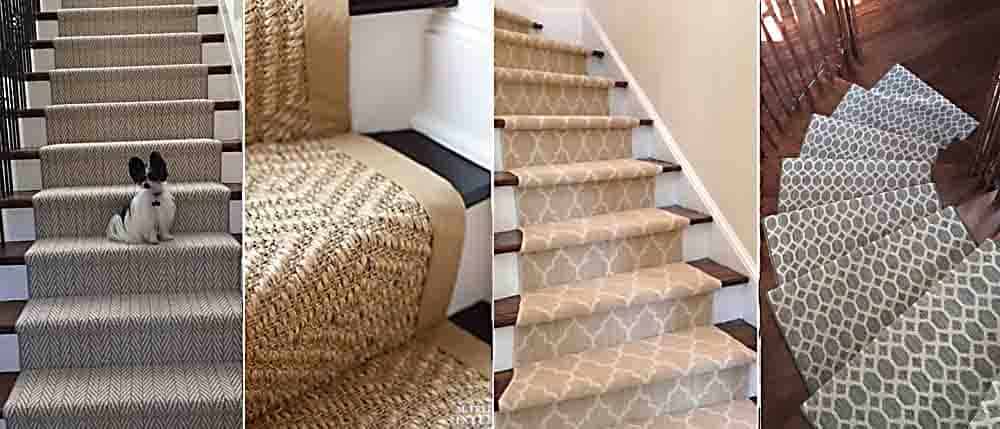Stair runners are pieces of carpet that cover the middle of each stair instead of running the entire width of the stair. Stair runners have the same benefits as other types of stair coverings. It can dampen the noise created by those going up and down the stairs. It reduces the impact of someone’s foot on the stairs, and that can reduce the pain someone with joint problems suffers as they climb the stairs. Depending on the situation, the stair runners can reduce the literal impact if someone slips on the stairs but improving someone’s stability on the stairs is more important. The carpet stair runners reduce the slipperiness of wood or tiled stairs. Of course, that’s assuming the stair runners are not a trip hazard in and of themselves. But how do you get stair runners of the correct size?


The first question is: how wide are the stairs? Stair runners can be found in 20 inch to 48 inch width. Most stair runners are 27 inches, because the standard staircase is 36 inches. This makes most stair runners nine inches shorter than the stairs, and you’ll want to center it with 4.5 inches on either side.
Many stair runners are sold as strips of cloth, since the manufacturer doesn’t know how many stairs you have or how wide they are. This is why you’ll need to measure the stairs to determine how much material you need.
You can start by counting the number of stairs you’ll be installing stair runners on. Measure both the tread and riser. The tread is the depth of the horizontal step. The vertical part of the step is called the riser. While these two values normally add up to 18 inches, you shouldn’t assume this. And some people just want to put stair runners on the tread, not the riser. The area the stair runners will cover the shortest possible value in this equation, but there are other factors to consider. There are equations on how to calculate runner linear feet. Enter the values from your measurements into the equation to find out how much material you’ll need at a minimum for the job. Note that you’ll probably want margin, and these equations don’t cover scenarios like a mitered runner.
What will you do if your staircase has a landing? You’ll need to determine if you’re going to install a runner here. Furthermore, the curved stairs around the landing will require additional material relative to a rectangular strip. We recommend hiring a professional for a curved staircase, since the task is that much more difficult. Running the material up and over the landing is risky, since the material needs to be taught if you want to avoid creating a trip hazard. Regardless of your approach, include the landing area if you’re going to carpet it, assuming you’re not calling in the pros.
What should you do if you have a simple staircase barring one landing or turn? Take your original estimate in terms of linear feet and give yourself another 10 to 15 percent margin. This gives you material for extra stair runners if you cut something too short or at a bad angle. Then again, that’s why many people hire professionals to install flooring.


This website uses cookies.